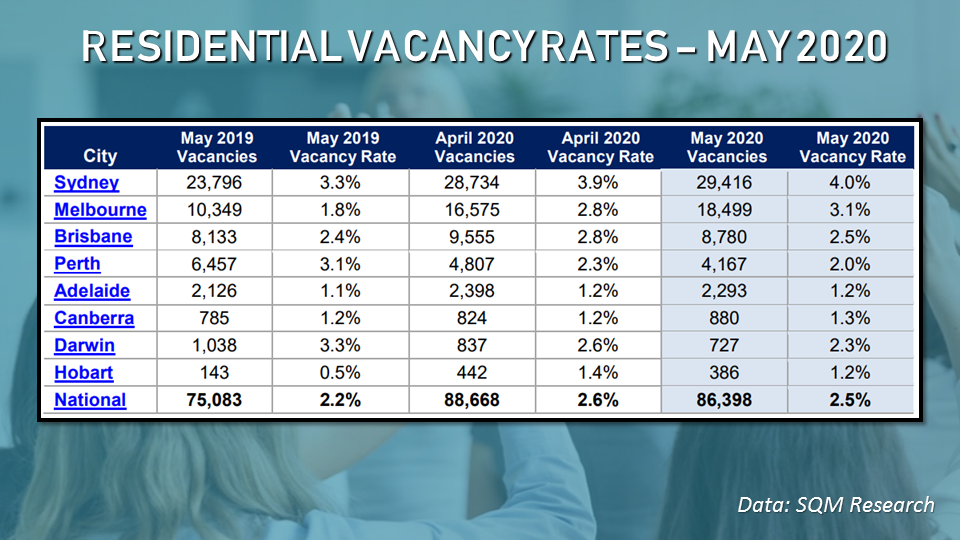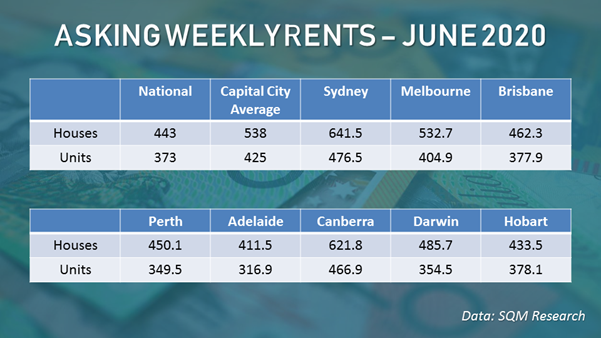Australia's rental market is projected to report elevated vacancies over the next few months, given the limited demand and the increase in listings, according to the latest market report from SQM Research.
Louis Christopher, managing director of SWM Research, said vacancies are expected to hit a short-term peak even with the slight decline in May.
"With an expected 170,000 dwelling completions for this year and still no imminent opening of the international border, I still think rental vacancy rates are going to remain elevated for 2020," he said.
Some of the market indicators seem to contradict Christopher's claims. In fact, weekly rental listings have started to decline in the first week of June, suggesting that vacancies are likely to drop.
"I think what is happening here is Airbnb property owners have now pulled back from listing long term and are now waiting this time out in the hope that the borders will be open shortly," Christopher said.
Christopher said it is crucial to understand, however, that while several housing grants could assist in soaking up some of the new supply, the bulk of the underlying growth in demand in recent years has ultimately come from net migration.
Also read: Australia's happiest home sellers
On a monthly basis, the national vacancy rate went down slightly from 2.6% in April to 2.5% in May. However, the latest vacancy rate was higher than last year's 2.2%.
Two of the biggest markets, Sydney and Melbourne, reported an uptick in vacancy rates in monthly and annual terms. Sydney recorded the highest vacancy rates amongst all capital cities at 4%, followed by Melbourne's 3.1%.
Zooming in to Sydney CBD, the proportion of vacant homes was more pronounced at 16.2%, a substantial jump from last year's 8.1%. Brisbane's CBD also registered a significant increase in vacancy rate from 4.5% last year to 13.3%.
The table below shows the vacancy rates across Australia:

SQM Research also showed mixed results across capital cities in terms of asking rents. For the week ending in 12 June, asking rents increased by 0.2% for houses but declined by 0.7% for units.
Both Sydney and Melbourne reported decreases in weekly asking rents for both housing types while Brisbane, Perth, and Darwin registered increases.
The table below shows the weekly asking rents for houses and units in each capital city:
